You can get Cree LED's either in a enclosed in bulb type housing or as a standalone LED (or sets of LEDs). This 33w LED array has an output of 2100 lumens.
You might want to consider instead a light box designed for treatment of SAD (seasonal affective disorder). It produces an output of 10,000 lux (measured one meter from the box), and is specifically designed to simulate full daylight. SAD affects over a million people in Sweden.
Lumens and lux are not the same but are related; one lux is equal to one lumen per square meter. So you would need 10,000 lumens (five of the Cree arrays), spread out over one square meter, to equal the light box output.
Most light boxes contain fluorescent bulbs; but this one has a matrix of 108 high-power LEDs and sells for $145.

Here is another one that uses fluorescent bulbs and costs $140. It also outputs 10,000 lux; that is pretty much standard for all of these daylight simulators.
Given that five Cree arrays would cost $100, and you still need to provide a power supply, heat sinks (they get hot!) and a housing, I suggest getting one of these light boxes and save the trouble of building one.



